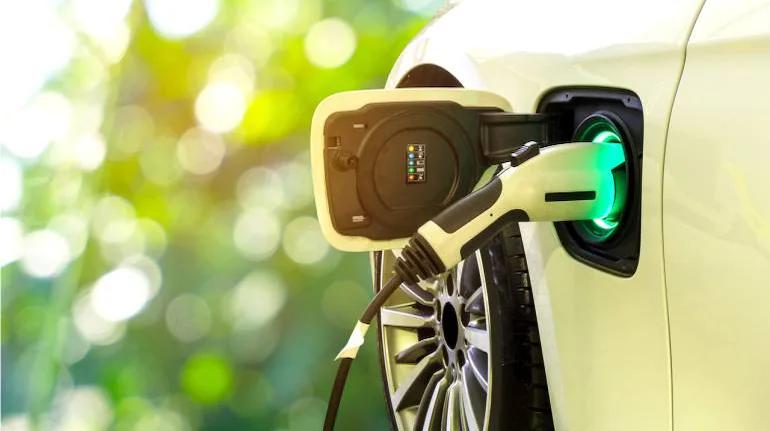India is moving quickly towards an electric vehicle (EV)-driven future for good reasons.
These are not only energy and environmentally friendly, but also economical and practical, which can lessen the nation’s reliance on imported oil.
However, the absence of an infrastructure for charging in India and the length of time needed to fully charge such batteries continue to be two of the largest obstacles to the broad adoption of EVs. An EV battery swapping programme can have a big impact in this situation.
At approved switching stations, drained EV batteries are swapped out for fully charged ones in a procedure known as battery swapping. This procedure, which is comparable to filling up a petrol or diesel car, just takes a few minutes. This procedure enables EV owners to easily swap out batteries without having to wait for their car’s battery to charge for several hours, making EVs a more practical option for customers.
Battery-Swapping Industry anticipates the introduction and implementation of the legislation, which will boost demand by giving consumers confidence in their decision-making and causing infrastructure build-out by switching carriers.
Similar incentive treatment is required for the development of battery swap infrastructure as is provided for charging directly providers under the FAME-II programme. However, the much-anticipated battery swapping incentivization policy has yet to be published, which has an enormous opportunity to invite FDI into the creation of the battery swapping network infrastructure. The finance minister has placed a major focus on sustainable development in the Union Budget for FY2024 presented this February. She additionally revealed the drafting of the EV battery swapping policy in the Union Budget for FY2023.
Therefore, the government must announce the battery switching incentive programme as soon as possible, taking into account the feedback from the numerous industry-policymaker discussions. In this regard, the sector supports Piyush Goyal’s choice to postpone interoperability requirements and hopes that the government will support this decision and refrain from imposing any standards, in line with recent developments.
The developing industry will benefit from providing a level playing field with respect to FAME II incentives and equal GST rates. The current market is skewed since incentives are only given to vehicles that can be fueled by direct charging and not those that can be powered via battery swapping. Appropriate incentives will accelerate the adoption rates of EVs as the construction of the necessary infrastructure for battery swapping is capital intensive. The importance of a level playing field is increased by this.

Other Concerns regarding EV batteries and Swapping policies
Another problem is the strange GST difference between EVs and batteries, which is only 5% as opposed to 18%. Aware of this, industry stakeholders are keenly expecting the NITI Aayog’s updated draught Battery Swapping Policy and the GST Council’s approved rationalised GST rates.
Industry Incentives’ Advantages
Despite persistent limitations, there has been a progressive increase in demand for battery swapping, particularly in use cases like logistics and last-mile deliveries. The adoption of EVs in India might be boosted by several verticals. However, a robust battery swapping policy might help the sector by reducing issues like the wait time for vehicles to charge and the space shortage for two- and three-wheelers in urban areas. Without the swift introduction of such a Policy, investments from domestic and foreign firms would suffer.
A dynamic battery swapping policy might encourage the development of pertinent infrastructure, making battery swapping an appealing option for customers. According to industry predictions, the nation will need to invest at least $100 billion and build up to 4,50,000 exchanging stations to meet its current two- and three-wheeler needs.
Since it is a capital-intensive industry, incentives and a steady policy are essential. Although EVs have gained some popularity in metropolitan areas, there isn’t much of a following in rural areas because there isn’t much in the way of charging infrastructure. Battery-swapping stations are less expensive and simpler to construct than charging stations.

Additionally, one of the key factors keeping EVs out of most consumers’ price range is the high cost of batteries. With a battery-swapping system, EV owners can avoid the exorbitant costs of regularly purchasing new batteries by simply exchanging their worn-out batteries for fully charged ones at swapping stations. This will lower the initial cost of purchasing an EV, making them more accessible to a larger segment of the population.
Implementing a Battery Swapping Policy as soon as possible could speed up the adoption of EVs because of its many benefits. Such a regulation might alter the game for the widespread adoption of EVs by addressing the multiple barriers that prevent a smooth transition to them.



